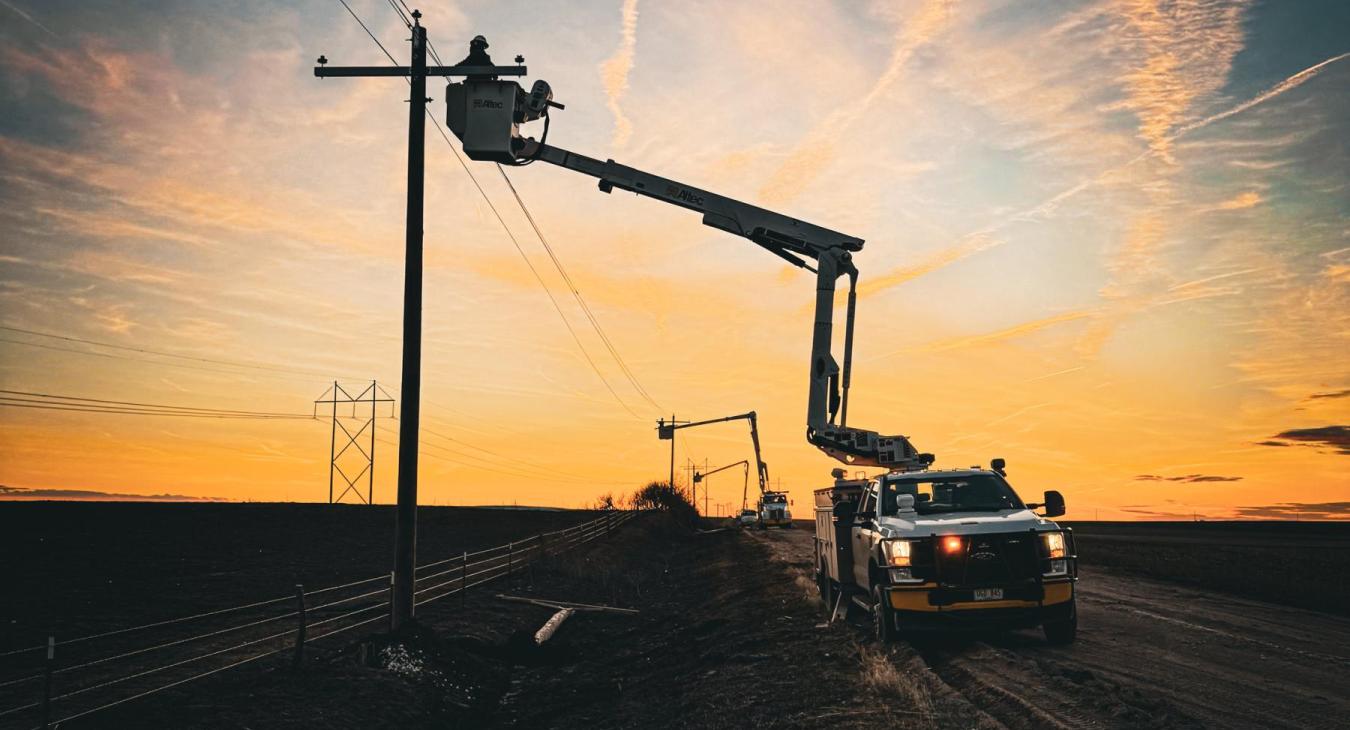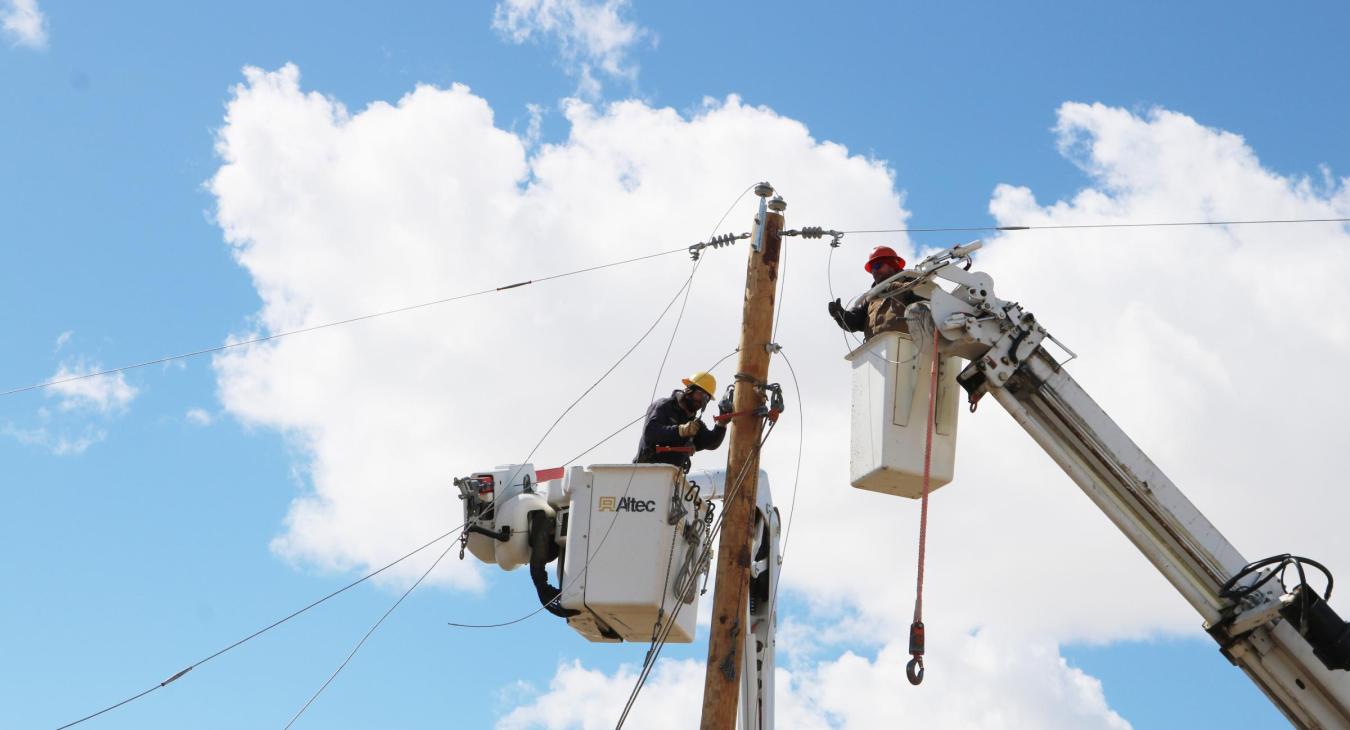The calendar may have read mid-March, but Mother Nature had other plans. On Wednesday, March 19th, a relentless blizzard descended upon Nebraska, delivering a swift and brutal punch that left communities reeling in its wake. What began as a seemingly ordinary late-winter storm rapidly transformed into a crippling event, marked by ferocious winds, heavy snowfall, and widespread power outages.
The meteorological culprit was a "powerful" upper-level low-pressure system, a swirling vortex that plummeted to an astonishing 987 millibars, according to the Storm Prediction Center. This atmospheric powerhouse unleashed a tempest of 4-6 inches of snow across the region, accompanied by wind gusts reaching a staggering 70 mph. The initial rain quickly morphed into a heavy, wet snowfall in the early morning hours, creating treacherous conditions. The eastern parts of the state bore the brunt of the snowfall, with Waco recording 12 inches and an astounding 10.1 inches measured just three miles north of York, as reported by the National Weather Service – Hastings.
The sheer force of the storm was amplified by the strong pressure gradient created by the upper-level cyclone, generating intense non-thunderstorm wind gusts. Readings of 72 mph at Kearney and 71 mph at the Hastings Airport underscored the storm's ferocity. The heavy, wet snow, combined with these gale-force winds, created whiteout conditions that paralyzed a wide swath across Nebraska.
The consequences were devastating. Downed power lines and shattered poles became a common sight, plunging countless homes and businesses into darkness. Some areas endured days without power, as crews from various power districts worked tirelessly to restore electricity. The whiteout conditions were so severe that law enforcement agencies urged residents to avoid all travel, even within city limits. Major roadways, including Interstate 80, were shuttered, effectively severing transportation arteries across the state.
Southern Public Power District reported a staggering 100 downed poles, primarily in Adams, Hall, Hamilton, and Merrick Counties. They also grappled with fallen trees, broken wires, and damaged substation equipment. Perennial Public Power District, headquartered in York, faced an even more dire situation, with over 95% of its customers without power. This blizzard, the most destructive event since the infamous March 29, 1976, blizzard, required a massive restoration effort involving 48 linemen. By Tuesday, March 25th, they had restored power to 98% of residential customers.
Polk County Rural Public Power District saw outages begin around 6 a.m. on the 19th. Crews were forced to retreat due to the hazardous conditions, leaving two-thirds of their customers without power at the peak. By 10 p.m., 20% were still without power. The next day, Midwest Electric from Grant, Neb., sent a mutual aid crew, and by the end of the day, only 1% remained without power. Midwest Electric then assisted Perennial PPD after helping Polk County RPPD. In total, Polk County RPPD had 30 broken poles.
Cuming County PPD, in West Point, faced over 50 downed poles and numerous broken wires. Their linemen worked relentlessly from Wednesday through Saturday, with most customers restored by Friday. They then deployed to Burt County PPD, aided by crews from KBR and Stanton County PPD, to continue their restoration efforts. The conditions were described as "crazy," with wet, heavy snow, strong winds, and muddy, slushy terrain making the work even more challenging.
The blizzard wreaked havoc on the infrastructure of Butler Public Power District in David City, Neb., with six of the region’s seven transmission feeds failing under the storm’s ferocity. Additionally, out of 21 substations serving the district, only two remained operational as of Wednesday afternoon. The sheer scale of the damage put immense strain on restoration efforts, making power recovery a daunting task for utility crews.
Adding to the challenge, all three highways leading to the east side of the district were closed, preventing access to the area until Thursday afternoon. This significantly delayed response times and hampered the ability to assess and repair damage in some of the hardest-hit areas.
Beyond the immediate impact on homes and businesses, the storm also inflicted heavy damage on electrical infrastructure. Over 500 poles were downed, including 25 crucial transmission line poles, which are vital for delivering power across the district.
This blizzard served as a stark reminder of the raw power of nature and the resilience of our communities. The tireless efforts of the linemen, the collaborative spirit of the mutual aid response, and the patience of the affected residents all played a crucial role in navigating this unprecedented weather event.
Nebraska's Fury


